First World War: four things we get wrong
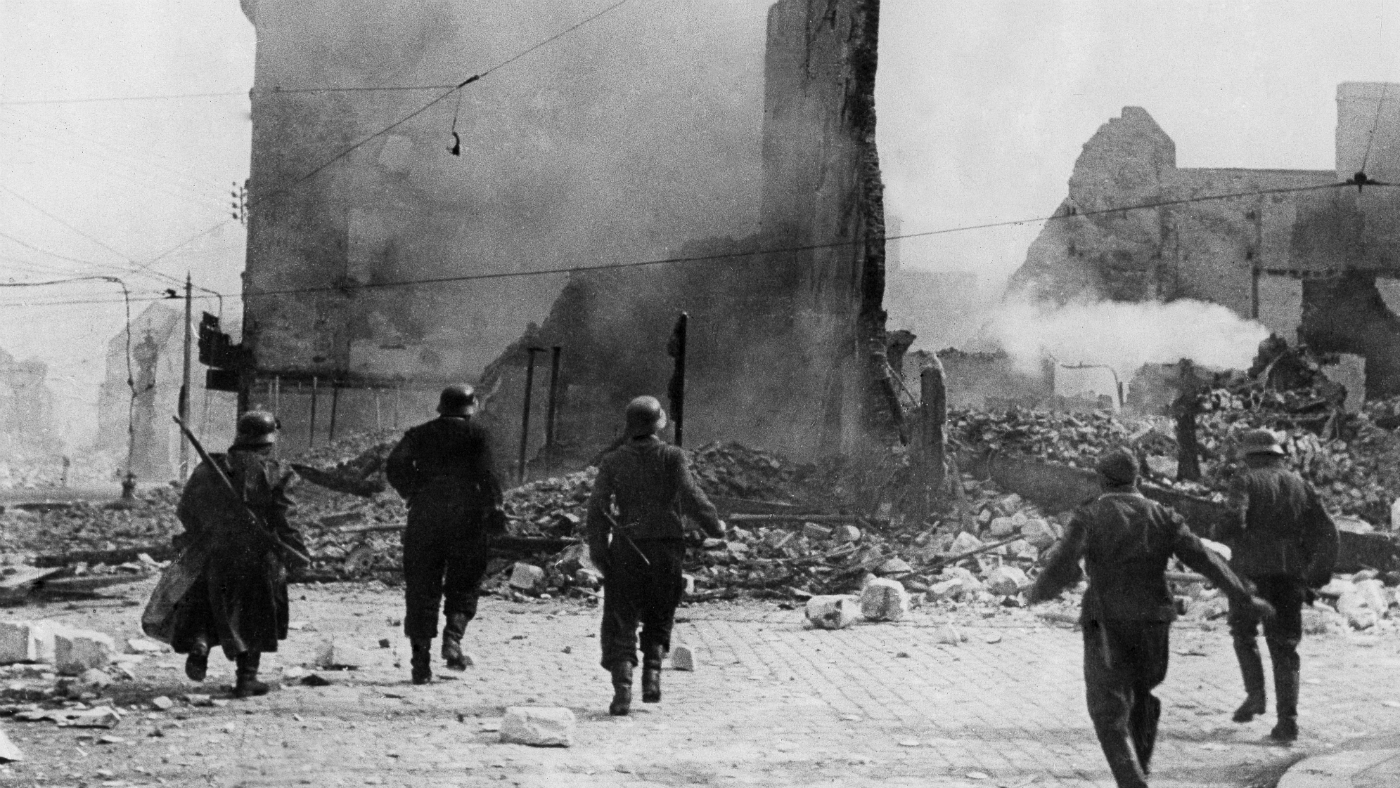
Most wars are rich in tales of agency and decision. Yet many tales of the Great War are told otherwise. The dominant narrative tells us that we were passive victims of an irrational disaster. Everything that happened was done to us; we scarcely know by whom.
Perceptions of the Great War continue to resonate in today’s world of international politics and policy. Most obviously, does China’s rise show a parallel with Germany’s a century ago? Will China, unlike Germany, remain peaceful?
The myths of the Great War challenge the skills of both historians and economists. Historians face the challenge of preserving and extending the record and contesting its interpretation – especially when reasonable people differ over the meaning. If anything challenges the economist, it is surely persistence in behaviour that is both costly and apparently futile or self‐defeating.
The Week
Escape your echo chamber. Get the facts behind the news, plus analysis from multiple perspectives.

Sign up for The Week's Free Newsletters
From our morning news briefing to a weekly Good News Newsletter, get the best of The Week delivered directly to your inbox.
From our morning news briefing to a weekly Good News Newsletter, get the best of The Week delivered directly to your inbox.
So what does a close look at the Great War show us? Contrary to the prevailing narrative, it reveals a story full of foresight, intention, calculation, and causation. Some consequences that are commonly thought to have been unintended were considered beforehand and fully discounted; others were not consequences at all.
Sleepwalking into war
It is still widely thought that the Great Powers stumbled into war by mistake, because of some failure of calculation, coordination or communication. National leaders were trapped into actions they did not intend by commercial interests, the demands of the mob, and alliance commitments.
In fact, the key decisions that launched the Great War were highly calculated with clear foresight of the possible wider costs and consequences.
A free daily email with the biggest news stories of the day – and the best features from TheWeek.com
Assigning “blame” isn’t the main issue here: the key question is less moral than empirical. The economist’s standard model of strategic interaction demands evidence of individual agency (rather than of unconscious collective drives), of unbiased “rational” expectations, and of backward induction of one’s own best choice based on the expected best choice of the adversary. It is a myth that such calculations were absent from the decision for war.
No one was swayed by commercial interests, which were against the war in all countries, or by public opinion more widely, which was taken by surprise. Public opinion was considered, but only to bolster the legitimacy of the actions the actors had decided to take anyway.
No one was trapped into war by alliance commitments. Instead, they considered carefully whether or not to honour them, or even went beyond them. Thus in its “blank cheque” to Austria, Germany went far beyond its alliance obligation. Italy, in contrast, went to war in 1915 against its former allies.
What ruled the calculation in every country was the national interest as they perceived it, based on shared beliefs and values. Strikingly, the decision makers in every country were subscribers to a virtual world where the negative‐sum game of power was being played out, not the positive‐sum game of commerce and development.
The record shows that the war was brought about very largely by design, and among those that designed it there was realistic foresight of the scale, scope, character, duration, and even outcome of the war. The spirit of those that gave the orders is usefully defined as “rational pessimism”: they feared their enemies, but they feared the future more.
Needless slaughter
Another myth characterises most fighting in the war as a pointless waste of life. In fact there was no other way to defeat the enemy, and attrition became a calculated strategy on both sides.
From the Allied standpoint, the rationality of attrition is not immediately obvious. They generally lost troops at a faster rate and, based on manpower alone, a strategy of attrition was self‐defeating: the Allies could have expected to lose the war.
But this was a war of firepower as well as manpower, and the forgotten margin that explains Allied victory was economic. The Allies had slightly more troops than the Central Powers, but their economic output was far higher.
The Central Powers produced more guns than the Allies, but that was about it. The Allied advantage in tanks was especially obvious.
This economic advantage allowed the Allies to compensate for heavy casualties with superior firepower, and it was in the economic dimension of attrition that the stalemate was broken. When the financial and industrial strength of the central powers was finally exhausted, the Allies still had the capacity to finish the job.
The Allies starved Germany
Was Germany starved out of the war by Allied use of the food weapon? This myth was most prevalent in Germany, where it assumed historic significance. After the war it helped to sustain the notion that Germany remained unbeaten militarily; the army was betrayed when the home front folded.
There are some facts that might indeed support this myth. At the outbreak of war Germany imported 20‐25% of calories for human consumption, and this was gradually eroded by an Allied blockade at sea and (via pressure on neutrals) on land. German civilians suffered greatly: excess mortality is estimated at around 750,000, probably because of hunger and hunger‐related diseases.
The main impact on food supplies was less Allied policies than decisions taken in Berlin. German consumers were probably hurt more by Germany’s own actions.
The German economy was much more interlinked with its adversaries than its allies. In 1913, Britain, France, Italy, and Russia accounted for 36% of prewar German trade. The same figure for Austria‐Hungary, Bulgaria, and the Ottoman Empire was only 12%. Britain alone accounted for a bigger share of Germany’s trade than the latter combined. Much of the “blockade” was no more than an Allied decision not to trade with the enemy.
Germany’s loss of trade was compounded by war mobilisation stripping its farms of young men, horses, and chemicals. Because trade supplied at most one quarter of Germany calories, and German farmers the other three quarters, it is implausible to see the loss of trade as the primary factor.
The Treaty of Versailles caused World War II
Many serious consequences have been ascribed to the indemnity imposed on Germany in 1921. According to the financier and philanthropist George Soros, for example, the French “insistence on reparations led to the rise of Hitler.” There are present‐day implications for, Soros continues, “Angela Merkel’s [similar] policies are giving rise to extremist movements in the rest of Europe.”
But the political extremism arising from the treaty and its consequences was short-lived. In the mid-1920s and as late as the elections of 1928, German society looked settled on a course to political moderation and stability. Successive elections demonstrated a substantial and growing majority for constitutional rule by the “Weimar parties”.
It was not until the hammer blow of the Great Depression that conditions were laid for violent polarization and the breakthrough of the radical right to national significance and power. The dark forces unleashed at this point were engendered long before World War I. Let loose by the war, they were caged by the German defeat and Weimar democracy put them into a coma. Were it not for the Great Depression, Hitler and his infamous co‐conspirators would have lived to the 1960s and died in obscurity in their beds.
By Mark Harrison, Professor of Economics at the University of Warwick. This article is based on Myths of the Great War, a lecture delivered to the Economic History Society on 28 March 2014.
This article is republished from The Conversation under a Creative Commons license. Read the original article.
-
 Trump halts wind power projects, citing ‘security’
Trump halts wind power projects, citing ‘security’Speed Read
-
 Hilarious comedians to see on tour this winter
Hilarious comedians to see on tour this winterThe Week Recommends Get some laughs from Nate Bargatze, Josh Johnson and more
-
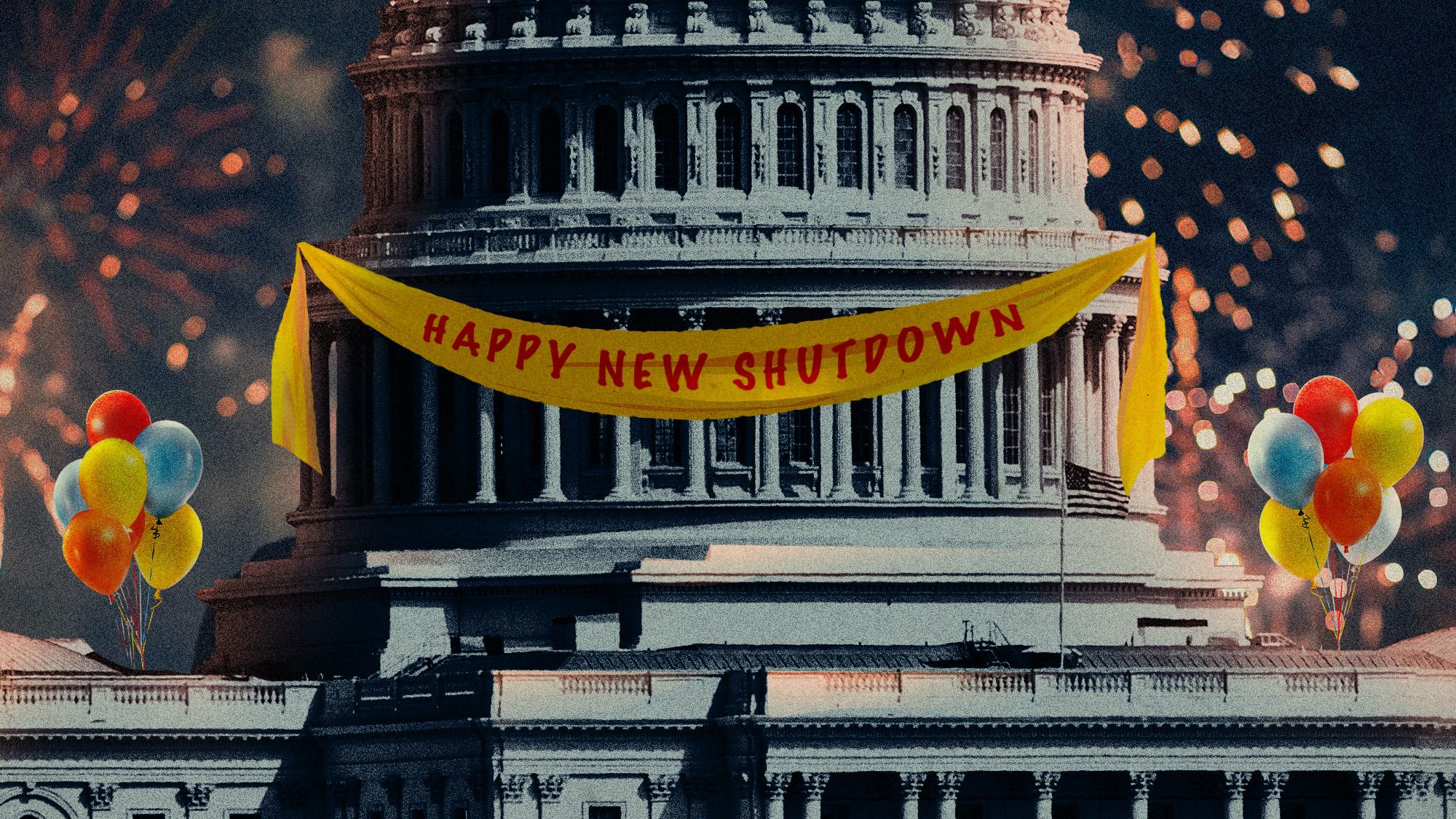 A January deadline could bring the pain all over again
A January deadline could bring the pain all over againToday’s Big Question A January deadline could bring the pain all over again
-
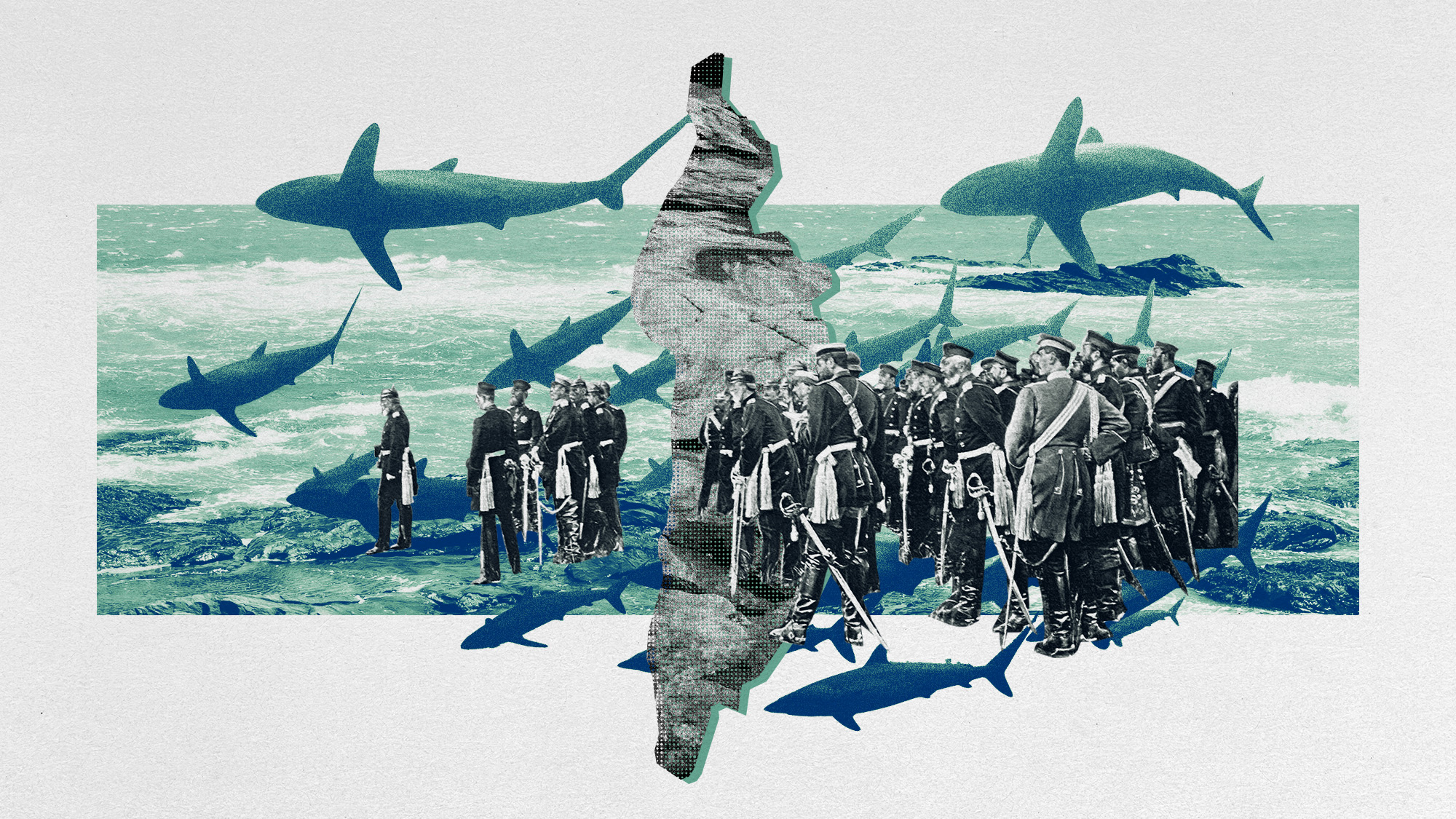 Namibia grapples with legacy of genocide on Shark Island
Namibia grapples with legacy of genocide on Shark IslandUnder the radar A non-profit research agency believes it has located sites of unmarked graves of prisoners
-
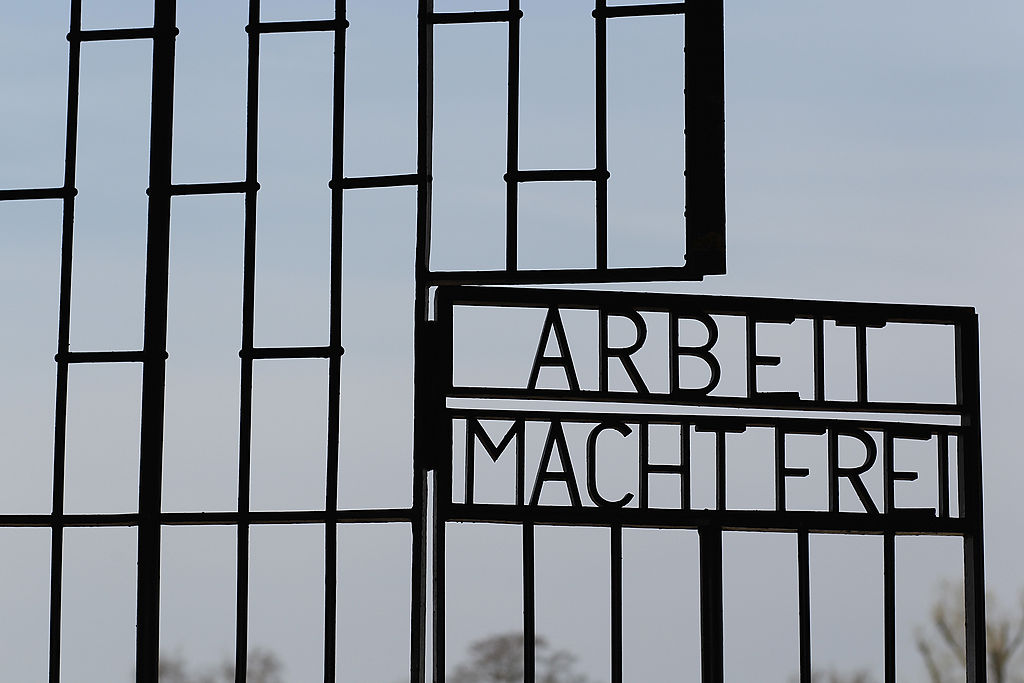 98-year-old charged with accessory to murder during Holocaust
98-year-old charged with accessory to murder during HolocaustSpeed Read
-
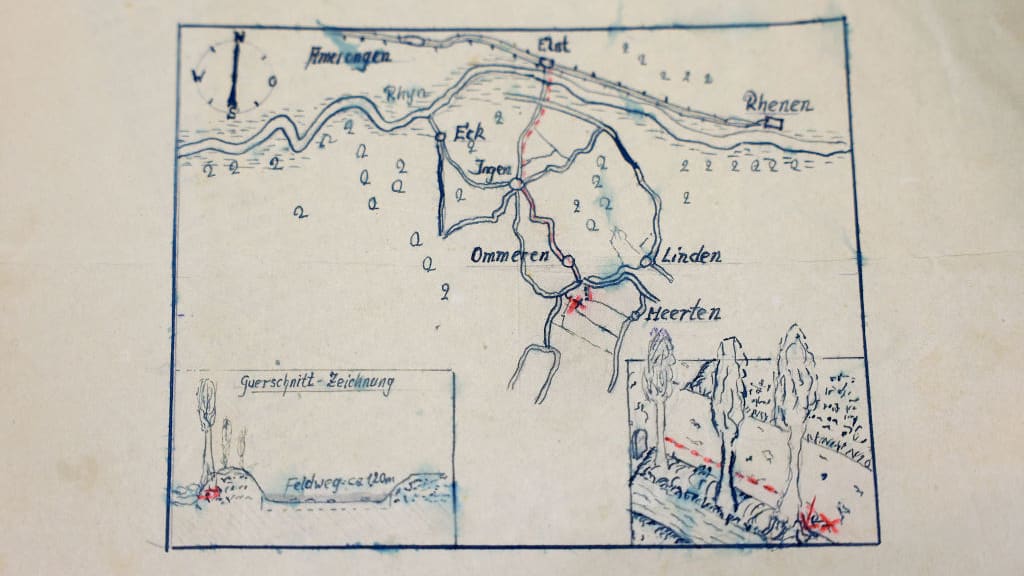 WWII-era map leads to Dutch treasure hunt
WWII-era map leads to Dutch treasure huntSpeed Read
-
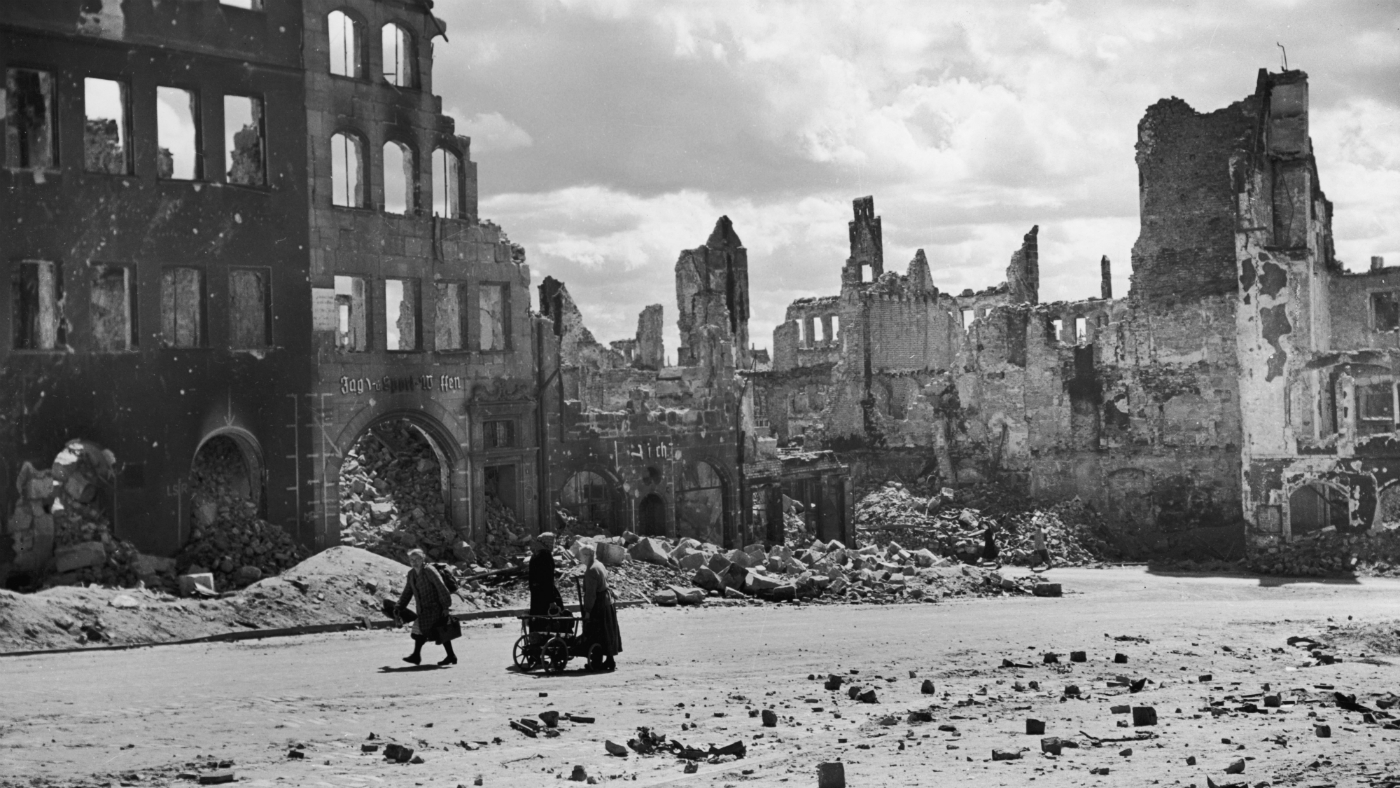 Seven tragic Second World War poems
Seven tragic Second World War poemsIn Depth Less well-known than those of the First World War, the poems of WWII are just as gut-wrenching
-
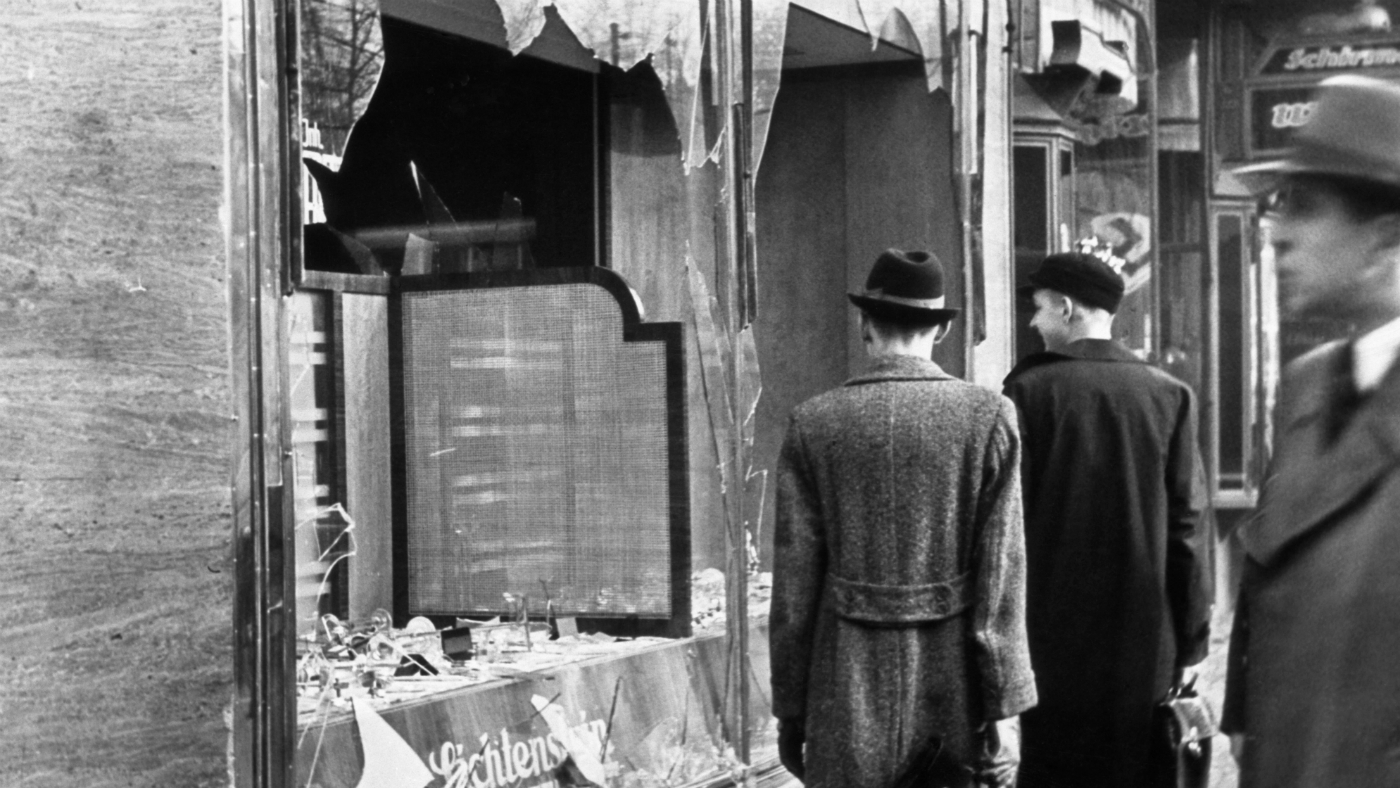 What was Kristallnacht? 80 years since Nazi purge
What was Kristallnacht? 80 years since Nazi purgeIn Depth Today marks the 80th anniversary of the ‘Night of Broken Glass’, a pogrom against German Jews that set the stage for the Holocaust
-
 What do the different coloured poppies symbolise?
What do the different coloured poppies symbolise?In Depth Volunteers are distributing millions of poppies in the run up to Remembrance Day
-
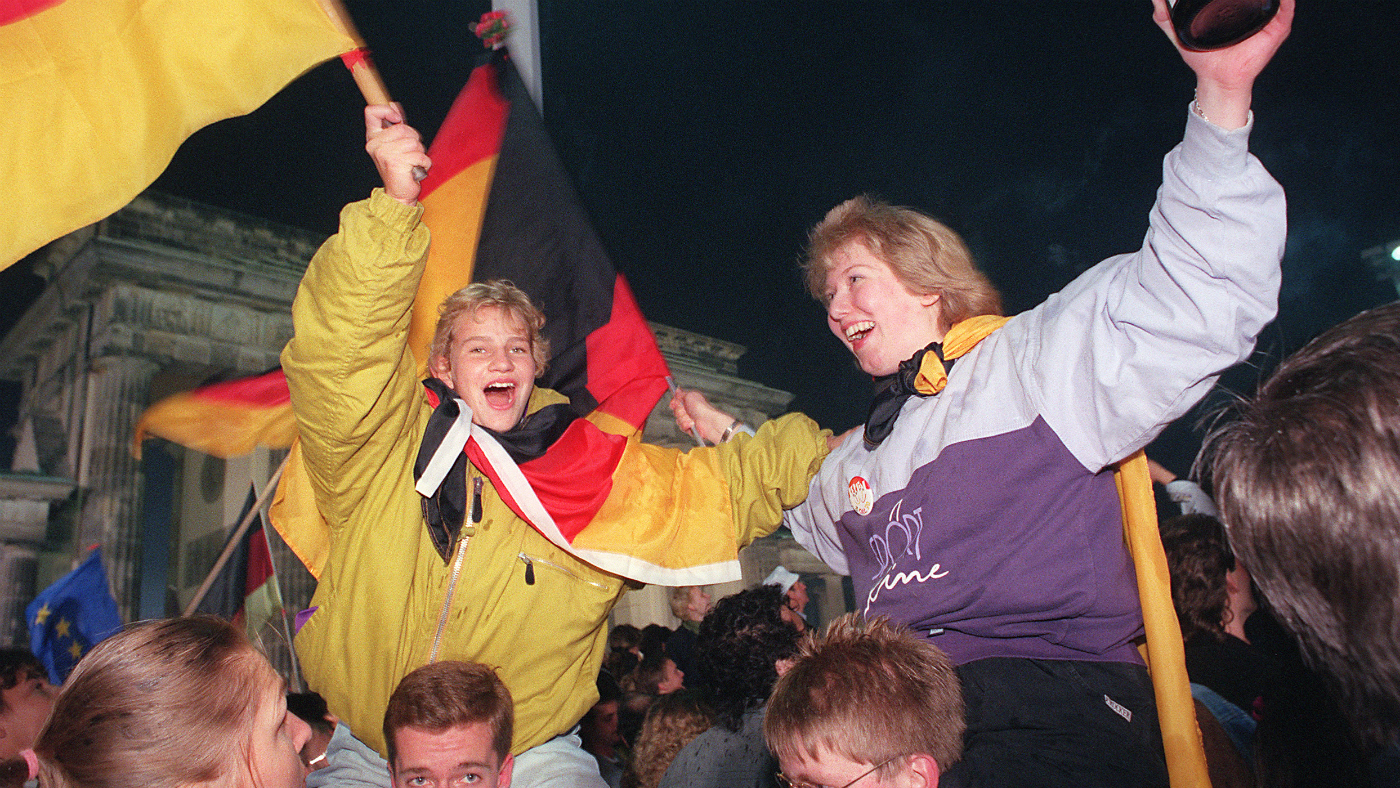 German reunification: how the world reacted
German reunification: how the world reactedIn Depth This week marks the 28th anniversary of the formal dissolution of the German Democratic Republic
-
 What happened at the Battle of Amiens
What happened at the Battle of AmiensIn Depth Theresa May is in France to mark 100th anniversary of one of the most pivotal events of First World War